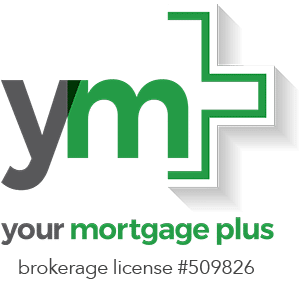New rules will target HELOCs or reverse mortgages in excess of 65% of house’s value
Canada’s top banking regulator is changing the rules that cover certain types of home loans to make sure that lenders and borrowers are able to stay on top of their obligations while the country’s housing market is looking vulnerable.
The Office of the Superintendent of Financial Institutions (OFSI) is implementing new guidelines for certain types of real estate loans, including shared equity mortgages, reverse mortgages and conventional mortgages that are paired with revolving credit lines.
The biggest change targets combined loans, which are conventional mortgage loans paired with revolving lines of credit known as HELOCs that homeowners can dip into as they see fit, without being obligated to pay that portion back on any sort of schedule.
The new regulations will kick in once a readvanceable loan exceeds 65 per cent of the underlying home’s value. Currently, an owner can technically borrow up to 80 per cent on such a loan, but the new rules will functionally ratchet that ceiling down to 65 per cent by forcing the borrower to start paying back some of the principal if they go above that line.
If that these changes are implemented, once the loan’s value exceeds 65 per cent of the home, the loan “will operate more like a traditional mortgage where the borrower makes principal and interest payments until the loan gets back below 65 per cent,” an official stated.
The new rules won’t be in force until late 2023, but OSFI says that as things stand now, data from the Bank of Canada suggests there’s $200 billion worth of HELOC that is currently outside of that 65 per cent threshold. That’s out of $1.8 trillion of total housing debt.
Consumers will not see an increase to their monthly payment requirements as a result of this change, the official said, and the changes will not impact new home buyers.
The regulator is also looking at changes with the rules for shared equity mortgages, and reverse mortgages. Shared equity mortgages are programs that pair home buyers with third parties to help them come up with cash for a down payment, in exchange for an equity stake.
The federal government rolled out a government-backed shared equity loan program in 2019, and non-profit and other community groups have since rolled out a version of them. OSFI’s announcement isn’t a new rule change so much as it is a clarification of existing requirements: that such products must in fact be legitimate equity stakes — not simply another loan — and that they must be “on equal footing with the borrower’s equity,” the official said.
The final announcement governs so-called reverse mortgages, which allow homeowners to access the equity in their homes up front, without having to sell. The popularity of such loans has exploded in recent years, largely because they typically do not require any part of the loan to be paid back until the owner decides to sell.
The new guideline caps the amount that a homeowner can take out on a reverse mortgage at 65 per cent at origination.
If you have any questions, give us a call today or submit a question on our Contact Us page. We look forward to hearing from you!
